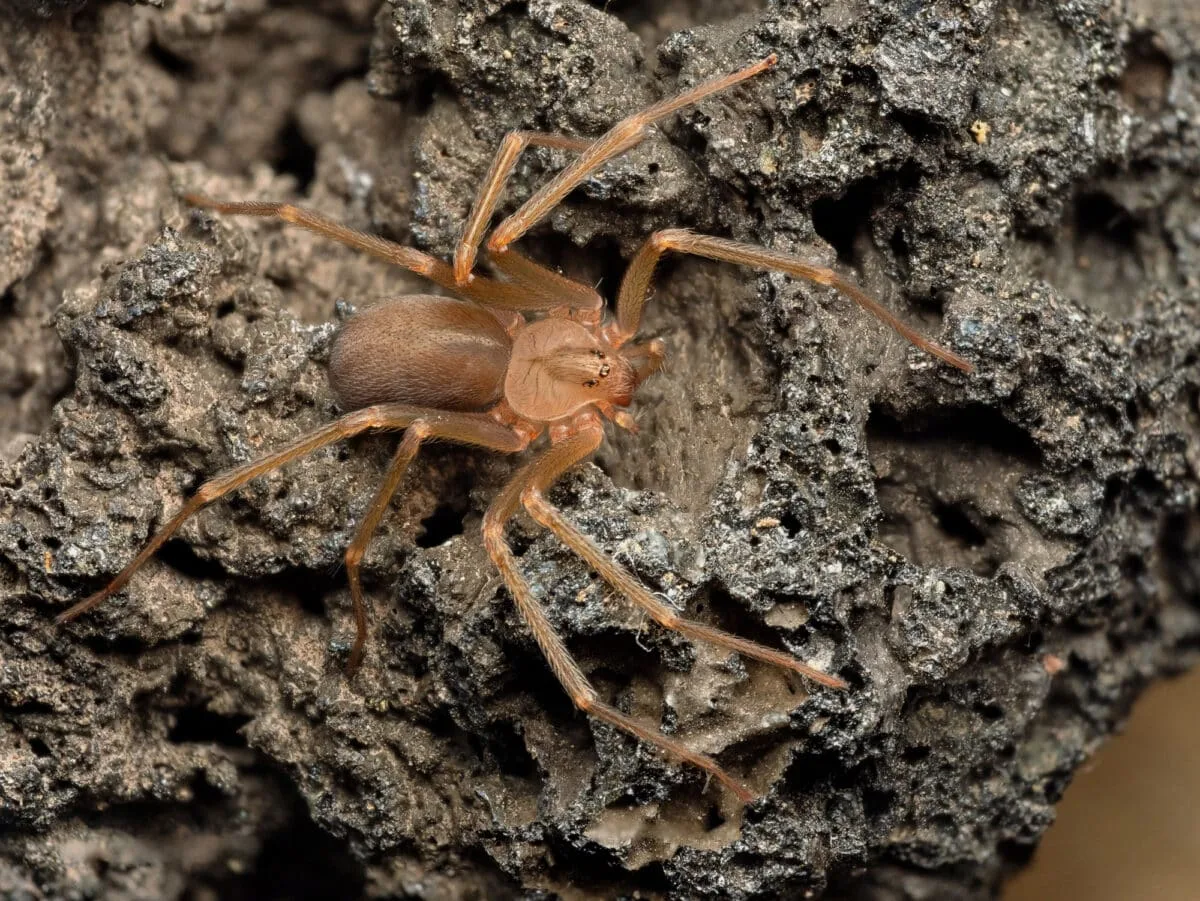The brown recluse spider, with its elusive nature and potent venom, has garnered a fearsome reputation across parts of the United States. Often hidden out of sight, this arachnid can deliver a bite that’s more harmful than its size would suggest. Understanding the habits and characteristics of this “silent killer” is crucial for prevention and safety. In this article, we’ll explore the fascinating yet formidable world of the brown recluse spider.
Understanding the Brown Recluse An Overview

The brown recluse spider (Loxosceles reclusa) is a member of the Sicariidae family, known for its necrotic venom. Found primarily in the central and southern United States, this spider prefers secluded and undisturbed areas. Typically about the size of a quarter, it is known for its characteristic violin-shaped mark on its back, earning it the nickname “violin spider.”
Physical Characteristics and Identification

Identifying a brown recluse can be tricky but not impossible. They have a distinct violin-shaped marking on the dorsum, with the neck of the violin pointing towards their abdomen. Their six eyes are arranged in pairs, a unique trait among spiders, which usually have eight eyes. This specific configuration is a reliable way to distinguish them from similar-looking species.
Habitats and Distribution
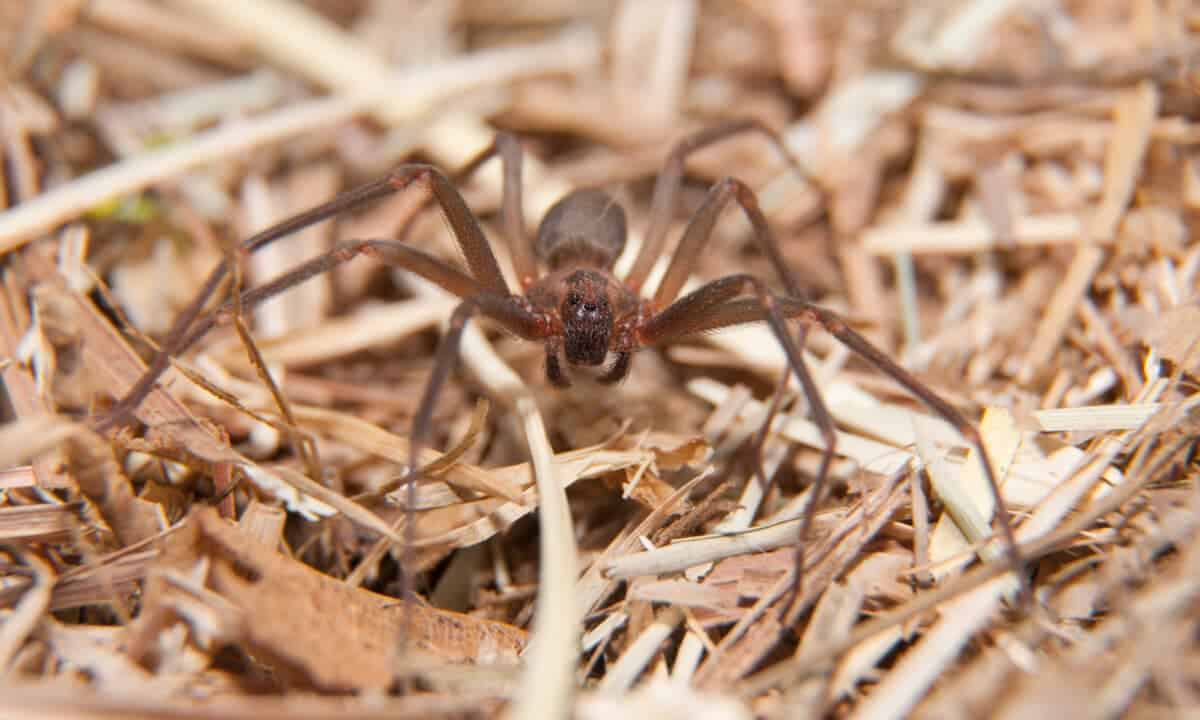
Brown recluse spiders thrive in warm, dry, and dark environments. Natural habitats include woodpiles, sheds, and rocks, while indoors, they seek refuge in basements, attics, and closets. These spiders are primarily found in a region encompassing Texas to Georgia, stretching north to parts of the Midwest, but they have been reported in various other states as well.
Life Cycle and Reproduction
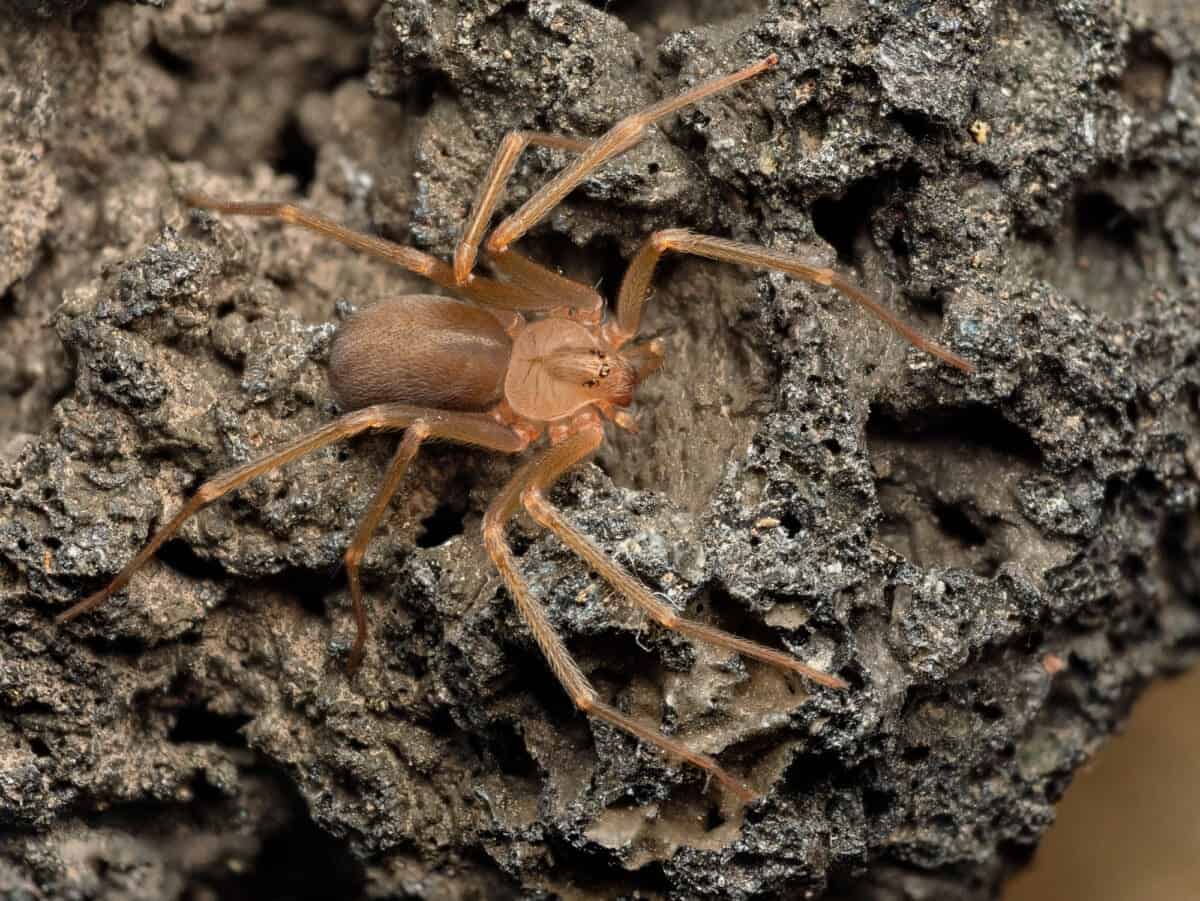
The life cycle of the brown recluse spans approximately one to two years. Females lay around 50 eggs at a time, encasing them in silken webs. These eggs hatch into spiderlings, which take about one year to mature. A single female can produce multiple egg sacs during her lifetime, contributing to their distribution in an area.
Venom The Potent Weapon
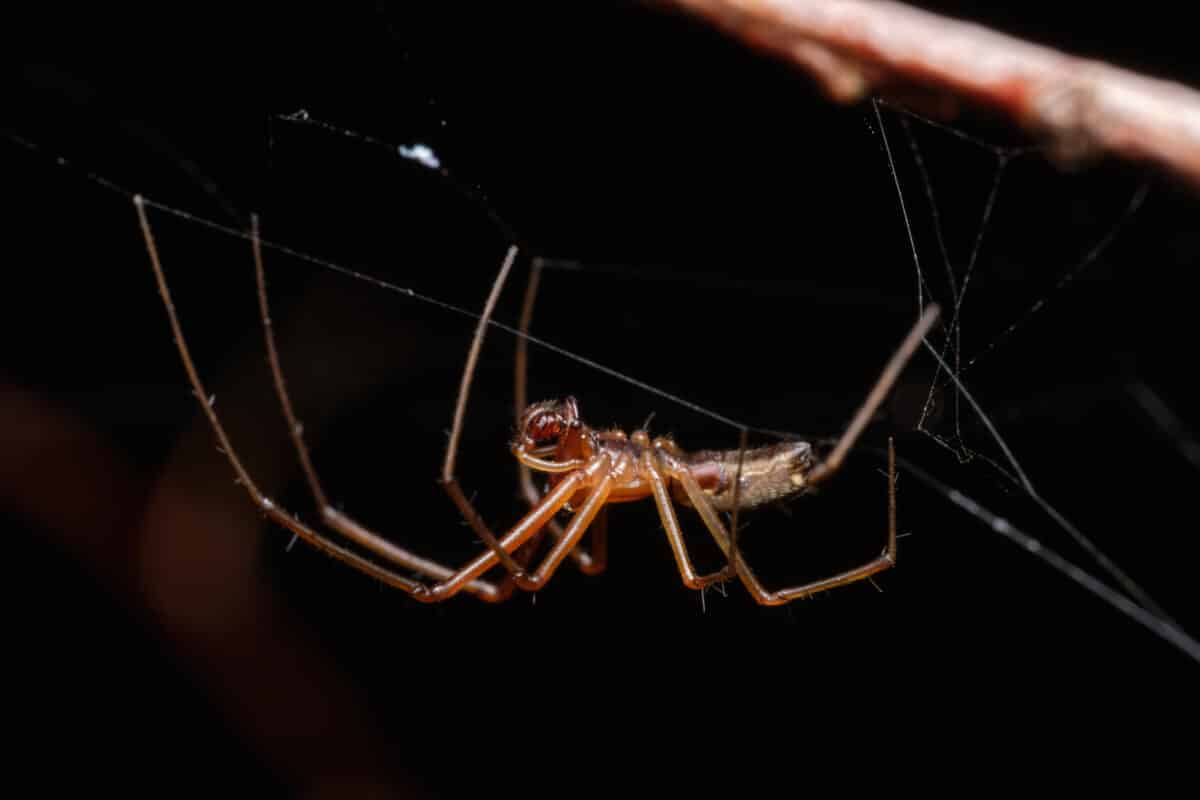
The brown recluse’s venom contains enzymes that cause skin cell destruction, leading to necrosis. Not all bites result in severe reactions, but when they do, symptoms can include pain, itching, fever, and in serious cases, systemic reactions. It’s important to note that the incidence of bites is often overestimated due to misidentification and misinformation.
Bite Symptoms and Treatment
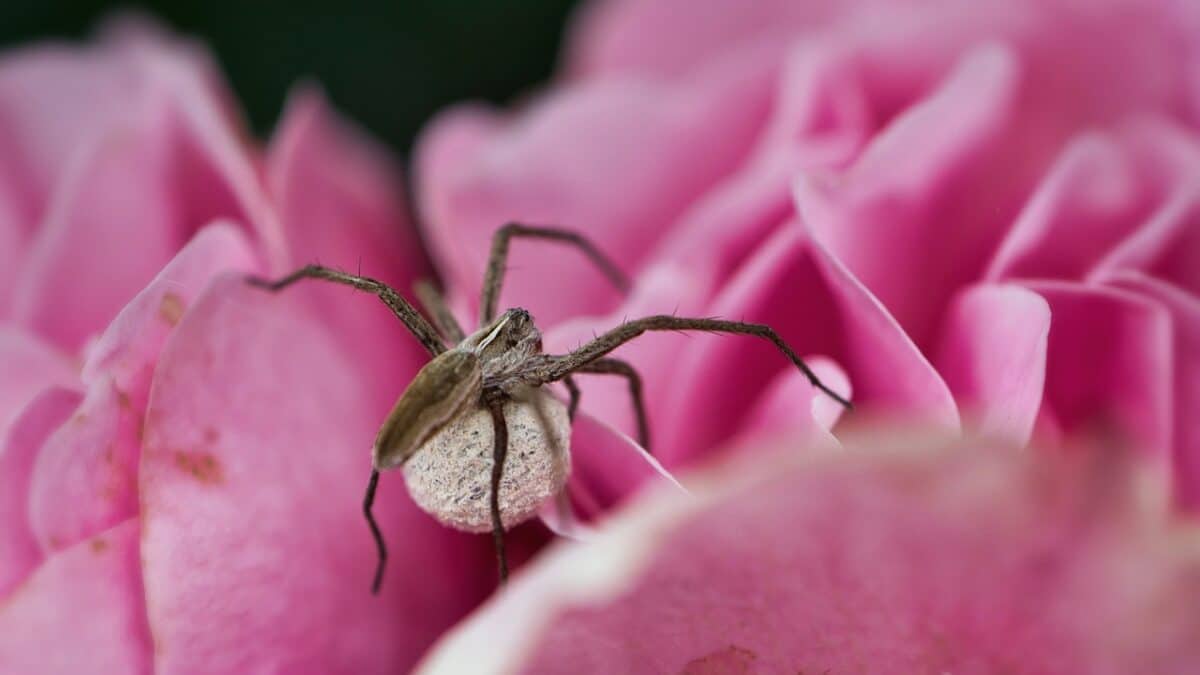
Early symptoms of a brown recluse bite may include mild pain, followed by a blistering lesion. Within 24 to 72 hours, the blister may turn into an ulcer with a dry, blue center and red ring. Treatment focuses on controlling symptoms, preventing infection, and providing wound care. Antivenom is generally not available, but supportive care can aid recovery.
Preventing Encounters with the Brown Recluse
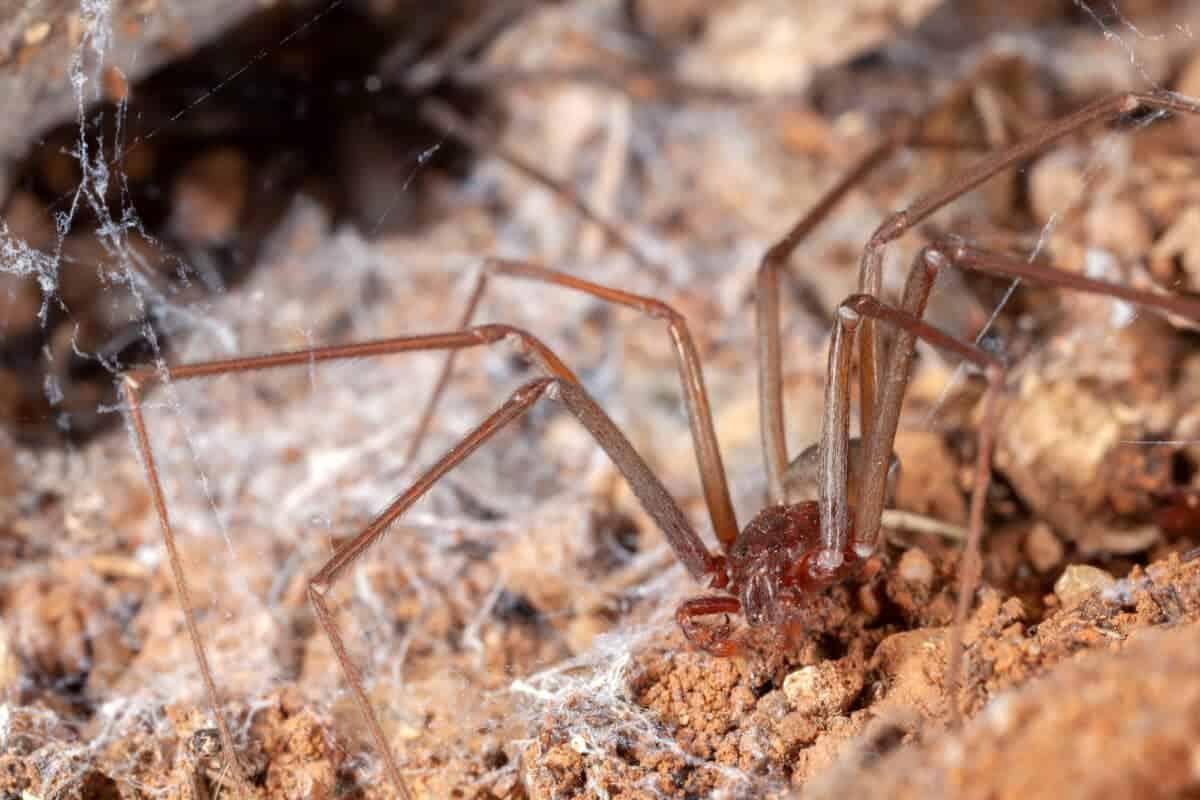
Prevention starts with making your home unfriendly to these spiders. Regularly clean and de-clutter areas like basements and closets. Seal potential entry points on the home’s exterior, and remove possible outdoor habitats such as woodpiles close to the house. Wearing gloves when moving boxes or firewood can also help avoid accidental bites.
The Ecological Role of the Brown Recluse
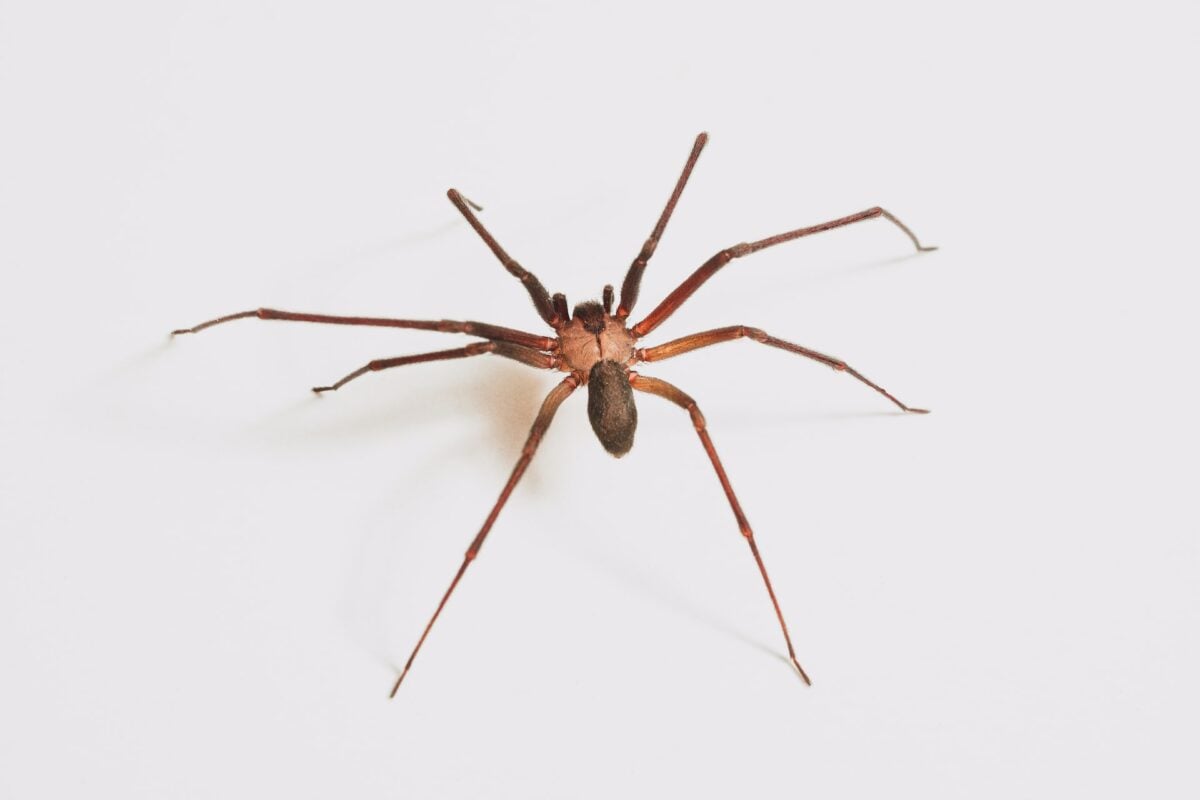
Despite their fearsome reputation, brown recluses play a role in controlling insect populations. As insectivores, they help manage the numbers of other pests, contributing to ecological balance within their habitats. While caution around them is warranted, they are also an integral part of the natural world.
Dispelling Myths Understanding Brown Recluse Behavior

A common myth is that brown recluse spiders actively seek out humans to bite. In reality, they are reclusive by nature, preferring to avoid confrontation. Most bites occur accidentally, when the spider is trapped against skin, clothes, or within shoes. Understanding their behavior can mitigate unfounded fears.
Research and Advances in Understanding
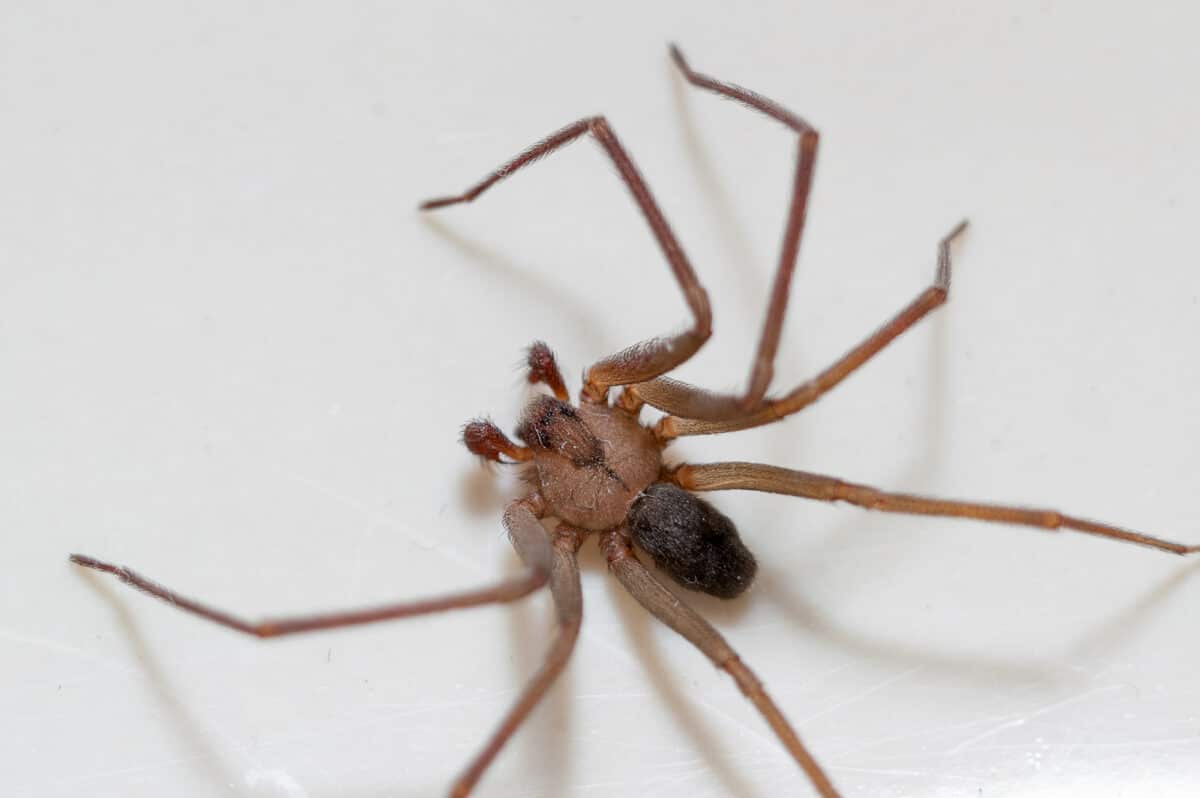
Research into brown recluse venom and their biology continues to evolve. Scientists are exploring the molecular structure of the venom to develop better treatments. Advances in this area promise to improve outcomes for those adversely affected by bites, and to enhance our understanding of this enigmatic spider.
Conclusion Respecting Nature’s Balance

The brown recluse spider, although potentially dangerous, is a fascinating creature that embodies the delicate balance within ecosystems. While it’s vital to respect and exercise caution around them, understanding and dispelling myths can reduce unnecessary fear. By taking appropriate precautions and appreciating their role, we can coexist with these elusive spiders without alarm.
- 12 Animals That Survive in Total Darkness - August 16, 2025
- 13 Animals That Thrive in U.S. Cities - August 16, 2025
- 10 Most Colorful Animals in Nature - August 16, 2025

